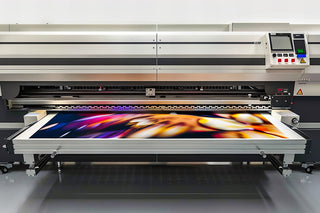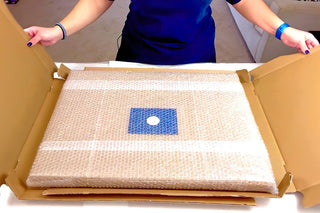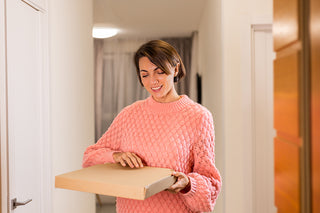Hattu ja puku - Kubo Shunman

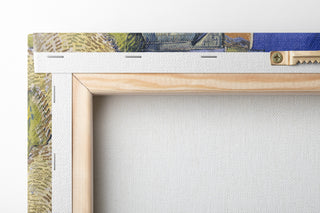
Takaa näkyvä näkymä
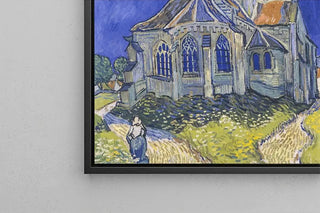
Kehys (valinnainen)
The meeting of refinement and detail in the taidegrafiikka of the Court Hat and court attire
This taidegrafiikka of the Court Hat and court attire reveals a composition where the delicacy of lines and richness of motifs dialogue with a subtle palette. The colors — ink tones, natural pigments, and red accents — structure the image and emphasize the fineness of the textile textures, while the printmaking technique highlights precise contours and dense flat areas. The atmosphere conveyed is both contemplative and ceremonial, inviting the viewer to explore the folds of the garment and the ornamentation of the hat. This taidegrafiikka captures the formal elegance of the original while maintaining its visual presence.
Kubo Shunman, master of ukiyo-e and Edo aesthetics
Kubo Shunman (1757–1820) was a Japanese artist active during the Edo period, recognized for his ukiyo-e prints, paintings, and literary sensitivity. Influenced by printmaking schools and the tradition of court painters, he combines lyricism and graphic precision, often focusing on costumes, grooming, and elegant figures. His work marked the evolution of portraiture in pre-modern Japan, blending calligraphy, decorative motifs, and attention to detail. This taidegrafiikka pays tribute to his craftsmanship, reproducing the play of lines and sophistication that characterize his compositions.
A decorative acquisition with multiple assets
Adopting this taidegrafiikka of the Court Hat and court attire is choosing a decorative piece suitable for a living room, an office, or a bedroom, where it will add a touch of history and elegance. The chromatic fidelity and print quality guarantee that each motif and stroke remain sharp, making this taidegrafiikka of the Court Hat and court attire a supplementary work for refined decoration. Presented in a framed version or on canvas, the Court Hat and court attire canvas easily integrates into modern or classic environments, offering strong aesthetic value and a serene focal point for any interior.

Rendu mat

Takaa näkyvä näkymä

Kehys (valinnainen)
The meeting of refinement and detail in the taidegrafiikka of the Court Hat and court attire
This taidegrafiikka of the Court Hat and court attire reveals a composition where the delicacy of lines and richness of motifs dialogue with a subtle palette. The colors — ink tones, natural pigments, and red accents — structure the image and emphasize the fineness of the textile textures, while the printmaking technique highlights precise contours and dense flat areas. The atmosphere conveyed is both contemplative and ceremonial, inviting the viewer to explore the folds of the garment and the ornamentation of the hat. This taidegrafiikka captures the formal elegance of the original while maintaining its visual presence.
Kubo Shunman, master of ukiyo-e and Edo aesthetics
Kubo Shunman (1757–1820) was a Japanese artist active during the Edo period, recognized for his ukiyo-e prints, paintings, and literary sensitivity. Influenced by printmaking schools and the tradition of court painters, he combines lyricism and graphic precision, often focusing on costumes, grooming, and elegant figures. His work marked the evolution of portraiture in pre-modern Japan, blending calligraphy, decorative motifs, and attention to detail. This taidegrafiikka pays tribute to his craftsmanship, reproducing the play of lines and sophistication that characterize his compositions.
A decorative acquisition with multiple assets
Adopting this taidegrafiikka of the Court Hat and court attire is choosing a decorative piece suitable for a living room, an office, or a bedroom, where it will add a touch of history and elegance. The chromatic fidelity and print quality guarantee that each motif and stroke remain sharp, making this taidegrafiikka of the Court Hat and court attire a supplementary work for refined decoration. Presented in a framed version or on canvas, the Court Hat and court attire canvas easily integrates into modern or classic environments, offering strong aesthetic value and a serene focal point for any interior.




